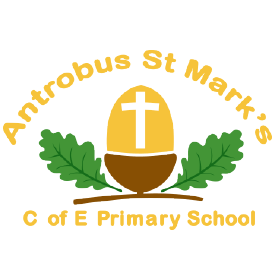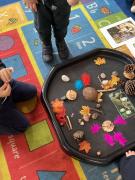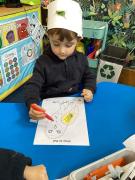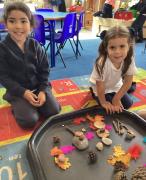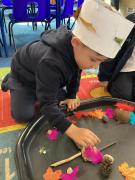Science

Science
Autumn 1 2025
Nocturnal Animals EYFS
This topic will help children to learn about nocturnal animals. They will learn about owls, bats, hedgehogs, badgers, foxes and moths and how they have adapted to be able hunt at night. ‘Nocturnal Animals' will encourage children to achieve the aims through exploration of the natural world, through games and through
craft activities. The children will be working in teams and as a class.
Aim:
To know what a nocturnal animal is.
To know how nocturnal animals
have adapted to the night.
To be able to use senses to identify
natural objects.
I can explain what a nocturnal animal is and how it is has adapted to the night.
Success Criteria:
I can say what a nocturnal animal is.
I can describe three ways that nocturnal animals have adapted to the night.
I can use my senses to describe and identify natural objects.
Living things and their natural habitat Y1/2
In the Y1 Plants and the Y1 Animals including Humans units, children have learnt to identify, name, compare and classify a variety of plants and animals. They should be able to name some plants, including deciduous and evergreen trees. They should also be able to name some common mammals, fish, birds, reptiles and amphibians and know that some are carnivores, some are herbivores and some are omnivores.
Learning Objective
To compare the dif34rences between things that are alive, used to be alive and have never been alive.
Success Criteria
I can group living and non-living things.
I can identify things that are alive, used to be alive or have never been alive.
I can explain how I know something is alive, used to be alive or has never been alive.
----------------------------------------------------------------------------------------------------------------------------------------------------------
Autumn 1
This term’s topic is about Animals including Humans. Children will learn about five of the groups that scientists use to classify animals:
- Mammals
- Fish
- Birds
- Reptiles
- Amphibians.
They will learn to identify the group an animal belongs to by its 34atures and will classify animals according to their group. They will also learn about the dif34rent diets animals eat.
.jpg)
Children will learn about the parts of the human body and have the opportunity to explore the five senses through a simple investigation. In the final lesson, children will use all their knowledge from this unit to classify animals according to their own criteria.
.jpg)
Autumn 2
‘Every Day materials’
This terms topic ‘Everyday Materials’ will teach your child about everyday materials including wood, plastic, metal, water and rock. Children will learn to identify and name everyday materials and will have the opportunity to explore the properties of these materials. Children also will carry out a simple investigation to help them decide which material would be most suitable to use for an umbrella. At the end of the unit children apply their knowledge of everyday materials to sort objects by their properties. A range of learning activities are used in this unit including, discussions, labelling and matching activities, games, and an investigation to encourage where children have the opportunity to ask and find the answers to questions.


Spring
Seasonal Changes – Spring and Summer
This Seasonal Changes (Spring and Summer) unit will teach your child all about spring and summer. Your child will learn about the
changes that can be seen between spring and summer, as well as across all four seasons. They will go on a nature walk to observe
some of these changes. They will learn about what weather is and the weather that is associated with each season. They will
observe and collect data about the weather. ‘Working scientifically’ and enquiry skills are incorporated throughout the unit, including
using simple equipment, making observations and gathering data.
.png)

